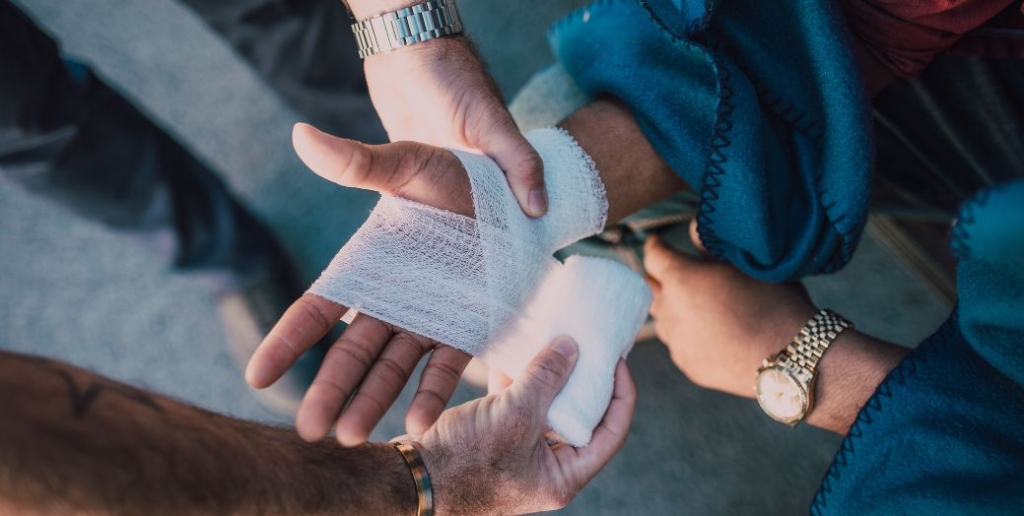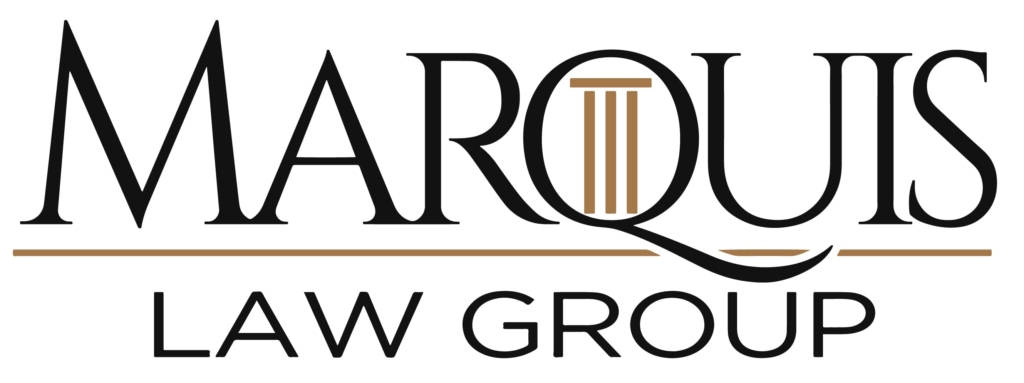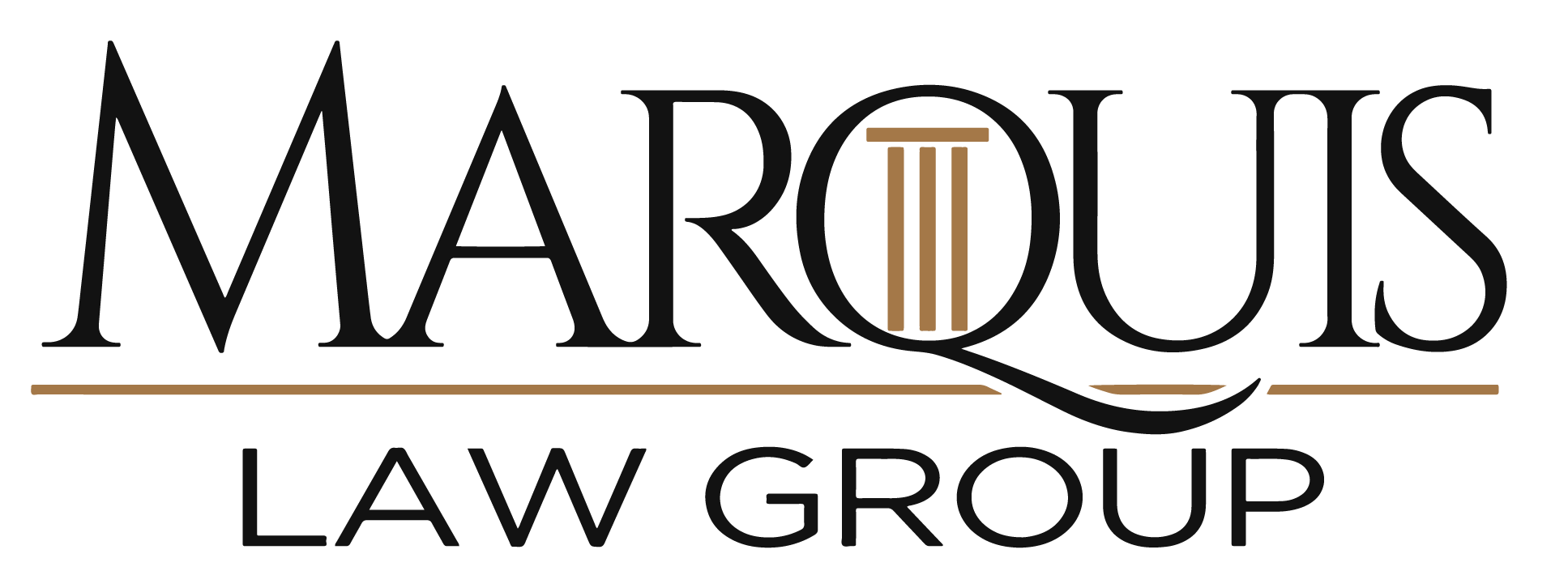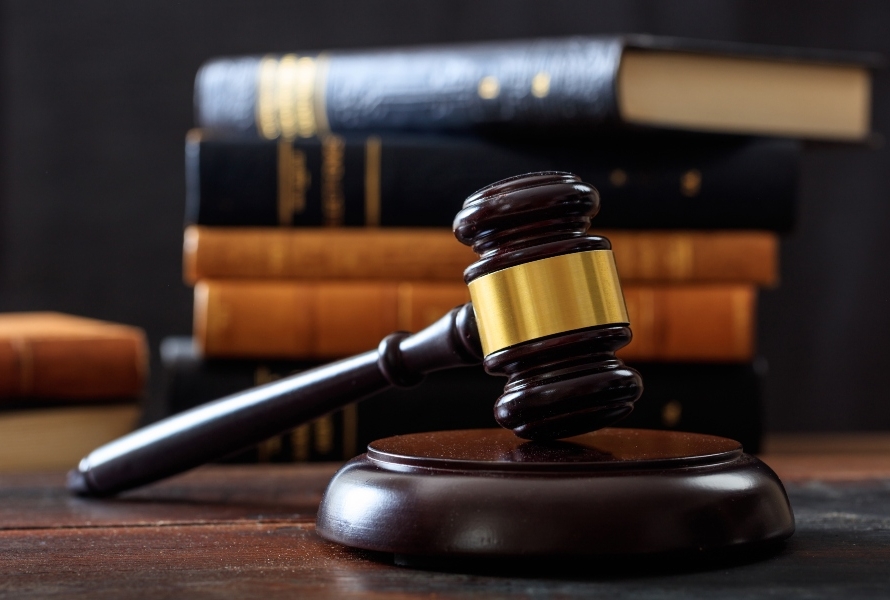Definition of Personal Injury

Physical Injury:
This facet of personal injury involves tangible harm to the body. Examples include broken bones, lacerations, burns, and other bodily injuries sustained in incidents such as car accidents, workplace mishaps, or defective product encounters. The physical aspect of personal injury is often the most apparent and immediate consequence, demanding medical attention and care.
Mental Injury:
Personal injury isn’t confined to physical harm; it also acknowledges the toll on mental health. Trauma resulting from a distressing incident, such as a car crash or an assault, can have profound psychological implications. Conditions like anxiety, depression, or post-traumatic stress disorder (PTSD) fall under the umbrella of mental injuries, and these often require therapeutic interventions for recovery.
Emotional Distress:
Beyond physical and mental injuries, personal injury law recognizes emotional distress as a valid claim. Emotional distress refers to the emotional or psychological impact of an incident, such as humiliation, anxiety, or sleep disturbances. It acknowledges that the repercussions of an injury extend beyond the immediate physical and can linger in the form of emotional scars.
Diverse Scenarios:
The scenarios leading to personal injury cases are diverse. Car accidents, perhaps the most common, can result in a range of injuries, from whiplash to severe trauma. Slip-and-fall incidents can cause fractures or head injuries, often in premises like supermarkets or workplaces. Medical malpractice, where healthcare professionals deviate from the standard of care, can lead to significant physical and emotional harm. Workplace injuries, too, can range from minor incidents to severe accidents, impacting an individual’s ability to work and lead a normal life.
Importance of Taking Immediate Steps
After a personal injury, taking immediate and strategic steps is crucial for your well-being and any legal action’s potential success. Swift actions can aid in the documentation of injuries, preserve crucial evidence, and protect your rights in the aftermath.
Overview of the Post-Injury Process
Navigating the aftermath of a personal injury is akin to embarking on a carefully choreographed journey, one where each step is pivotal in shaping the trajectory of your recovery and potential legal recourse. This intricate process begins with the immediate aftermath of the incident, where swift and decisive actions are paramount to ensuring both your well-being and the preservation of crucial evidence. From there, the path unfolds into a series of stages encompassing medical, legal, and financial considerations, each demanding a strategic approach for a comprehensive resolution.
Immediate Actions
Seek Medical Attention
- Importance of Prompt Medical Care
Immediate medical attention is paramount after a personal injury. Not only is it crucial for your health and recovery, but it also establishes a clear link between the incident and your injuries, providing vital documentation for any future legal proceedings.
- Documentation of Injuries
Ensure that your injuries are thoroughly documented by medical professionals. This includes detailed records of diagnoses, treatments, and prognosis. This documentation serves as essential evidence in building a case for compensation.
Report the Incident
- Notify Law Enforcement (If Applicable)
In situations such as car accidents, contacting law enforcement is crucial. Their official report can provide an unbiased account of the incident, serving as a valuable piece of evidence in your case.
- File an Incident Report
Whether or not law enforcement is involved, filing an incident report with the appropriate authorities or property owner is important. This report serves as an official record of the incident, detailing what happened and who was involved.
Preserve Evidence
- Photographs of the Scene
Take photographs of the accident scene, including any contributing factors, damages, or hazardous conditions. Visual evidence can be powerful in establishing the circumstances of the incident.
- Gather Witness Information
Collect contact information from any witnesses to the incident. Their statements can strengthen your case and provide additional perspectives on the events that transpired.
Communication and Documentation
Keep a Record of Medical Treatment
- Doctor’s Notes and Recommendations
Maintain a comprehensive record of all medical interactions, including notes from doctors, recommendations for ongoing treatment, and any prescribed medications.
- Medical Bills and Expenses
Organize and retain all medical bills and related expenses. These documents are vital for calculating the full extent of your economic damages.
Communicate with Insurance Companies
- Notify Your Insurance Company
Promptly inform your insurance company about the incident. Provide them with all relevant details while avoiding admitting fault.
- Dealing with the Other Party’s Insurance
Exercise caution when communicating with the other party’s insurance. Consult with a legal professional before making any statements that could potentially harm your case.
Legal Consultation
Importance of Consulting with an Attorney
- Understanding Your Rights
A personal injury attorney can help you understand your rights and navigate the complex legal landscape. They can provide insight into the potential strengths and weaknesses of your case.
- Assessing the Potential for Legal Action
An attorney can evaluate the viability of pursuing legal action, guiding you on whether to settle or proceed to court based on the specifics of your case.
Finding the Right Personal Injury Attorney
- Research and Referrals
Research potential attorneys, seeking recommendations from friends, family, or professional networks. Look for experienced attorneys with a proven track record in personal injury cases.
- Initial Consultations and Case Evaluations
Take advantage of initial consultations to discuss your case with prospective attorneys. Assess their expertise, communication style, and willingness to take your case to trial if necessary.
Documenting Damages
- Keep Records of All Related Expenses
- Medical Expenses
Maintain meticulous records of all medical expenses, including bills, prescriptions, and rehabilitation costs.
- Property Damage
Document any property damage resulting from the incident. This may include repairs or replacements needed for your vehicle or other personal belongings.
- Lost Wages
Keep track of lost wages due to time away from work. This includes any sick leave or vacation days used during your recovery.
Documenting Pain and Suffering
- Journaling Experiences
Maintain a journal documenting the physical and emotional toll the injury has taken on your daily life. This can serve as compelling evidence in quantifying non-economic damages.
- Seeking Therapy or Counseling if Necessary
If your injury has caused emotional distress, consider seeking therapy or counseling. Professional documentation of your mental health can be valuable in assessing non-economic damages.
Negotiation and Settlement
Understanding the Settlement Process
- Initial Settlement Offers
Carefully evaluate any initial settlement offers from insurance companies. These may be negotiable, and accepting an offer too quickly can result in inadequate compensation.
- Negotiation Strategies
Work with your attorney to develop effective negotiation strategies. This may involve countering offers, providing additional evidence, or leveraging legal precedents in your favor.
Assessing the Adequacy of a Settlement Offer
- Evaluating Medical Prognosis
Consider your medical prognosis when assessing settlement offers. If long-term care or ongoing treatments are required, ensure that these future expenses are factored into any settlement.
- Estimating Future Expenses
Work with medical professionals and financial experts to estimate future expenses accurately. This includes projected medical costs, ongoing therapy, and potential future lost wages.
Filing a Lawsuit

Determining When to File a Lawsuit
- Statute of Limitations
Be aware of the statute of limitations for personal injury claims in your jurisdiction. Failing to file within the specified timeframe may result in the loss of your right to seek compensation.
- Unresolved Disputes with Insurance Companies
If negotiations with insurance companies prove unsuccessful or if they fail to offer adequate compensation, filing a lawsuit may become necessary.
Overview of the Legal Process
- Complaint and Response
The legal process typically begins with the filing of a complaint, followed by the other party’s response. This initiates formal legal proceedings.
- Discovery, Mediation, and Trial
Subsequent stages involve discovery, where both parties gather evidence; mediation attempts to reach a settlement outside of court; and, if necessary, a trial to determine liability and compensation.
Conclusion
A systematic and proactive approach is essential in the aftermath of a personal injury. From seeking immediate medical attention to pursuing legal action, each step plays a crucial role in protecting your rights and securing fair compensation.
Consulting with a personal injury attorney is a pivotal step in this process. Their expertise can clarify your rights, strengthen your case, and improve your chances of receiving adequate compensation.


